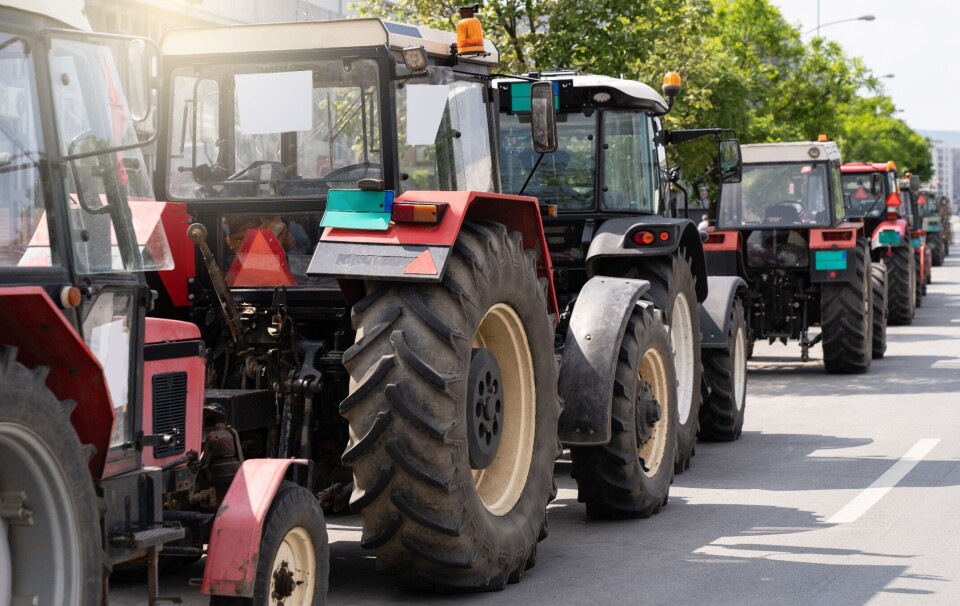-
Step back in time for some ‘dinosaur’ planting in your French garden
Captivated in the garden this month by one species of plant that dates back 200 million years, and another which is one of the oldest flowering plant families on the planet
-
Classic French recipe with an exotic twist: caramelised onion soup
A dish inspired by the travels of two Paris chefs
-
HPI final season: the end of a French TV phenomenon
Comedy-thriller starring Audrey Fleurot that gripped France airs final episodes
Why is a French hamlet called Fleur d’Ecosse?
One reader asks: I was travelling in the Hauts-de-France region and was intrigued by a hamlet called Fleur d’Ecosse in the commune of Ennetières-en-Weppes. Do you know the history behind this name? H.D.

Connexion spoke to the mayor of the commune, Jean-Claude Flinois, who said there is no sure answer but theories abound about the name, which also features in the hamlet’s main street, the rue de la Fleur d’Ecosse. Fleur d’Ecosse simply means “flower of Scotland” and Mr Flinois said it first appeared on maps in 1714.
The simplest explanation is that it relates to the thistle, Scotland’s national flower, as at the time the thistle was cultivated in the region. It was known as the fuller’s thistle, referring to an old textile trade, due to its flowers having slightly hooked spines, which were used for carding wool.
How to prepare for and cultivate top tulips in France
However, there are other possible explanations. In the 18th century, escosse (an old word for Scotland) could also mean “meeting”, he said. At the same time, “Fleur” was a common female French name, dating from the Middle Ages. It suggested “the best” or “an elite”, as in fleur de farine, meaning the best quality flour.
“One might imagine that perhaps the area was a farm specialising in the cultivation of thistles for the drapers of the region, or someone called Fleur might once have run a tavern or an inn, which are meeting places,” Mr Flinois said. There is also the possibility the area was so named because it was on a road heading in the direction of (or from) Scotland.
“In any case, it is a pretty street and hamlet in our village – a very hilly place in our otherwise flat country,” he added.
Exploring Village Jardin: the unique flower-filled French village
























